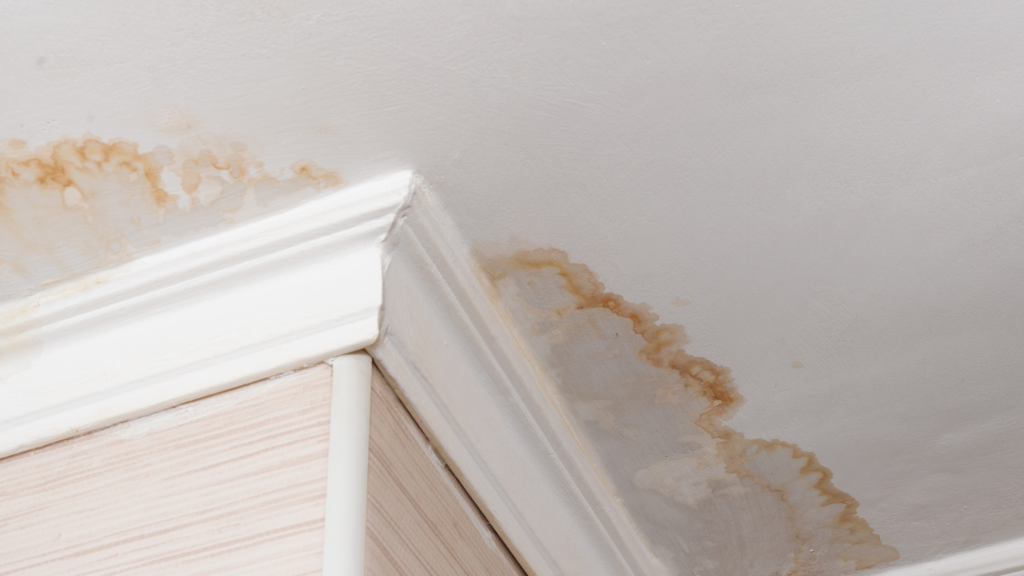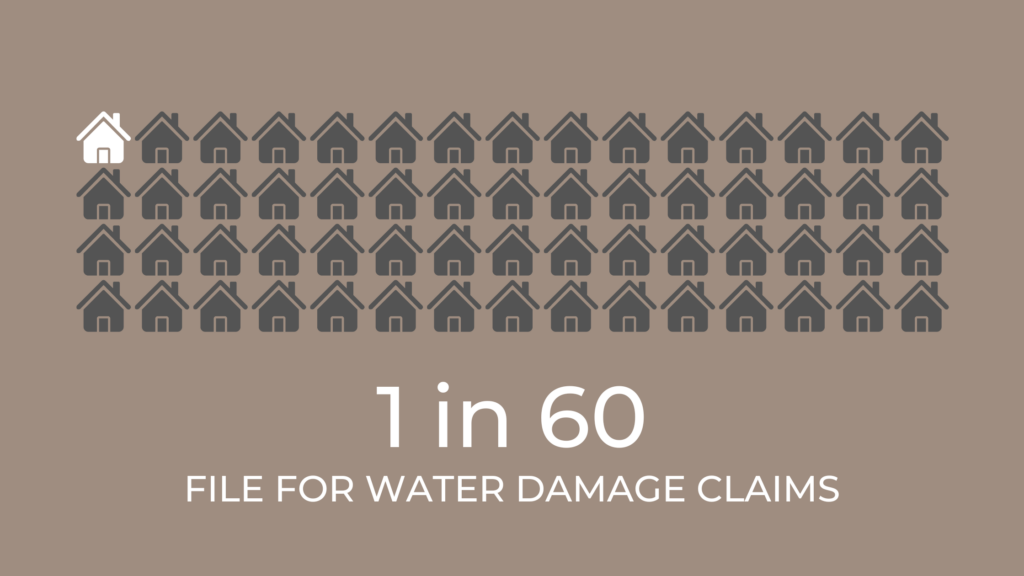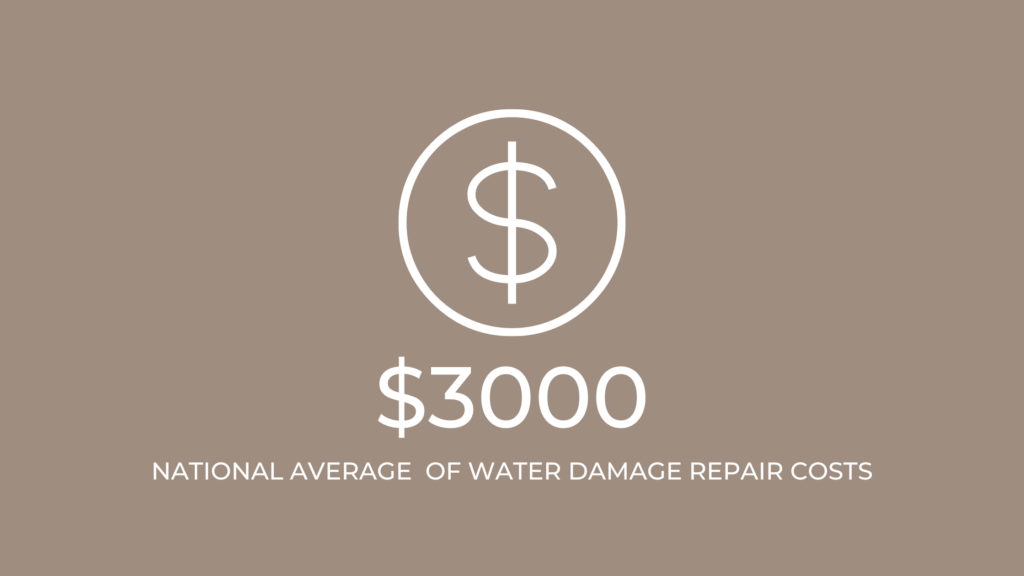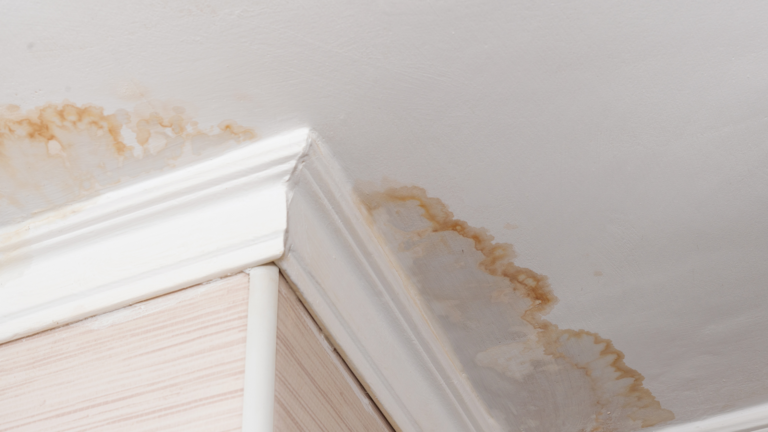
Water damage is a serious issue that can occur in any home, often without warning. Whether it’s a burst pipe, leaky roof, or flooding from a natural disaster, water damage can have severe consequences if left unaddressed. Not only can it cause structural damage to your home, but it can also pose health risks and compromise the cleanliness and hygiene of your living environment.
Maintaining a clean and dry home is critical for preventing water damage and the issues that come with it. When moisture and humidity are present, they create ideal conditions for mold and bacteria growth, which can quickly spread throughout your home and lead to various health issues. In addition, damp and dirty areas can attract pests, such as rodents and insects, further compromising the cleanliness and hygiene of your home.
In this blog post, we’ll explore the real risks of water damage, the impact it can have on home cleanliness, and the steps you can take to prevent it. By understanding the importance of maintaining a clean and dry home, you can protect your property, safeguard your health, and promote a safe and healthy living environment for you and your family.
The Hidden Dangers of Water Damage
Water damage is a pervasive issue in the United States, with approximately 14,000 people being affected by it every day. To put this into perspective, about 1 in 60 insured homes file a claim for water or freezing damage annually, which accounts for 1.6% of homes across the country experiencing water damage in a given year. It can pose a range of risks and consequences for homeowners, and it’s important to understand these dangers to take appropriate action. Some of the most common risks and consequences of water damage include:

Mold growth
Mold can start growing in as little as 24-48 hours after water damage occurs, and it can quickly spread throughout a home. Exposure to mold can cause a range of health problems, including respiratory issues, allergic reactions, and infections.
According to the Environmental Protection Agency, indoor mold growth should be avoided and promptly addressed, as it can cause a range of health effects. In fact, a study conducted by the World Health Organization found that up to 50% of indoor environments have moisture problems or water damage and are at risk for mold growth. It is found that occupants living in damp or moldy buildings are more likely to experience respiratory symptoms, respiratory infections, and asthma exacerbations. To keep indoor air healthy, the World Health Organization recommends preventing persistent dampness and controlling temperature and ventilation, to name a few.
Structural damage
Water damage can weaken the structural integrity of a home, leading to costly repairs and even collapse in severe cases. If left untreated, water damage can cause wood to rot, weaken drywall, and damage foundation walls.

Water damage repairs cost on average $3,000 in the United States and can even reach $50,000 in some cases. Often, people try to save money by cutting corners when dealing with water damage in their homes. One common mistake is not fully assessing the problem’s scope, which can worsen the damage and ultimately increase the restoration cost. Additionally, many people do not seek out certified experts for help with the restoration process. It is important to reach out to certified experts immediately to ensure that the damage is addressed properly. The best option is to seek out IICRC-certified professionals, as the IICRC sets industry standards and provides training for experts in inspecting, cleaning, and restoring damaged properties.
Health hazards
Water damage can create an ideal environment for harmful bacteria, viruses, and other pathogens to grow. Exposure to these hazards can cause illnesses and infections.
Did you know that standing water left untreated for just 48 hours can become a breeding ground for harmful bacteria and viruses that can cause illness and disease? In fact, even the CDC recommends that you dry out dampness as soon as possible when you have moisture damage in your home. A recent study published in the Microbiome journal investigated the types of microbes found in severely moisture-damaged houses and how they can affect people’s health.
The researchers collected samples of house dust and building materials and used genetic and chemical analyses to identify different types of bacteria and fungi. They discovered that active microbial growth on building materials had a significant but small influence on the house dust bacterial and fungal communities. Although moisture damage interventions had only a subtle effect on the bacterial community structure, the researchers did identify some bacterial and fungal taxa that were reduced during renovation.
These findings were confirmed in another study of around 400 homes, highlighting the importance of identifying and addressing moisture damage in your home as soon as possible to protect your health. So if you notice any signs of moisture damage in your home, such as water stains, musty odors, or visible mold growth, be sure to take action right away to prevent any potential health risks.
By understanding the risks and consequences of water damage, homeowners can take appropriate action to prevent or mitigate these dangers. Taking prompt action to address water damage and maintain a clean, dry home environment is essential for promoting health and safety in the home.
How It Affects The ‘Cleanliness’ Of Your Home
Water damage can have a significant impact on the cleanliness and hygiene of a home. When excess moisture is present, it creates an ideal environment for mold and bacteria growth. This can lead to unpleasant odors, discoloration, and the spread of harmful allergens and pathogens.
In addition to the health risks, water damage can also compromise the structural integrity of a home, leading to costly repairs and potentially even collapse in severe cases.
To prevent water damage and maintain a healthy home environment, it’s important to take proactive steps to control moisture and humidity levels. This includes fixing leaks, maintaining proper ventilation, and cleaning up spills and standing water promptly.
Regular cleaning and maintenance are also critical to preventing water damage and maintaining a clean, healthy home. This includes cleaning and disinfecting surfaces, carpets, and upholstery regularly to prevent the growth of mold and bacteria.
It’s also important to ensure that all cleaning equipment and supplies are stored in a dry, well-ventilated area to prevent moisture buildup. By taking these steps, homeowners can prevent water damage and maintain a clean, safe, and healthy living environment.
How to Prevent Water Damage
You can prevent water damage and maintain a clean, healthy home environment by following these tips:
- Fix leaks promptly: Water leaks can cause significant damage over time, so it’s important to address them as soon as possible. Regularly check for leaks in plumbing, roofing, and windows, and repair them promptly.
- Maintain proper ventilation: Proper ventilation is essential for preventing moisture buildup and mold growth. Use exhaust fans in bathrooms and kitchens to remove excess moisture, and open windows on dry days to promote air circulation.
- Keep gutters and downspouts clean: Clogged gutters and downspouts can cause water to overflow and damage your home’s foundation. Clean them regularly to prevent water from pooling around your home.
- Use waterproof materials: In areas of your home prone to water exposure, such as bathrooms, kitchens, and basements, use waterproof materials such as tile, vinyl, or sealed concrete to prevent water damage.
- Clean up spills promptly: Spills and standing water can create a breeding ground for bacteria and mold, so it’s important to clean them up promptly. Use absorbent materials such as towels or a wet/dry vacuum to remove water from floors and carpets.
- Maintain proper humidity levels: High humidity can create an ideal environment for mold growth, so it’s important to maintain proper humidity levels in your home. Use a dehumidifier in areas prone to moisture buildup, and keep indoor humidity levels below 50%.
- Inspect appliances regularly: Appliances such as washing machines, dishwashers, and refrigerators can leak and cause water damage if they are not maintained properly. Inspect them regularly for signs of wear and tear, and replace worn parts as needed.
In Summary
In conclusion, water damage can have serious consequences for the health and safety of your home. Mold growth, structural damage, and health hazards are just a few of the hidden dangers that can result from water damage if left unaddressed. The good news is that there are steps you can take to prevent water damage and maintain a clean, dry home environment.
By fixing leaks promptly, maintaining proper ventilation, and cleaning up spills right away, you can significantly reduce your risk of water damage. Additionally, regular cleaning and maintenance can help prevent moisture buildup and promote a healthy home environment.
It’s important to take water damage seriously and take action as soon as it occurs. Ignoring water damage can lead to costly repairs, health hazards, and other serious consequences. By implementing the tips discussed in this article, you can prevent water damage and maintain a safe, healthy home for you and your family.

